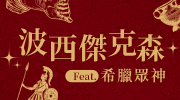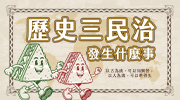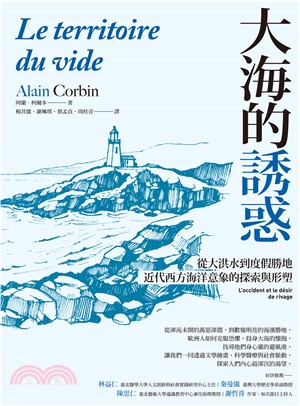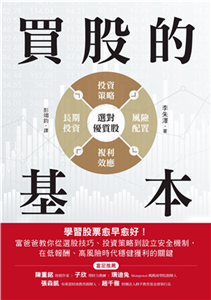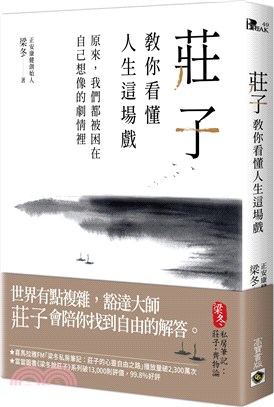Medicinal Weeds and Grasses of the American Southeast, an Herbalist's Guide
商品資訊
ISBN13:9798393697136
出版社:Independently published
作者:Judson Carroll
出版日:2023/05/05
裝訂:平裝
規格:25.4cm*17.8cm*2.5cm (高/寬/厚)
商品簡介
相關商品
商品簡介
This book is part of my series on the medicinal plants of the American Southeast. It focuses on plants commonly called weeds by those who do not know better. So many plants grow wild in on our remarkably diverse region that it can be very hard to differentiate between what is a weed and a wildflower. Originally, I had intended to include both weeds and wildflowers in this volume, along with grasses. But, that would have resulted in a book more than 1,200 pages long! I finally decided to only include those plants officially designated as weeds (including a few grasses) by the regional universities.... Not that they are experts. This book is not a guide for identifying plants - there are plenty of field guides, phone apps and websites that will do that. This book is about the medicinal use of these plants and is very unique in that regard. After all, what decides a weed? Some of the plants listed as weeds are native, and others non-native. Some are labeled "noxious"... as if that really means anything. Those so labeled are considered undesirable by the "experts." Essentially, a weed is any herbaceous plant that grows without human assistance.... Or, put another way, it is any plant that is growing where someone doesn't want it. If we plant a bed of lettuce and we find chickweed growing among our lettuces, chickweed would be considered a weed. If we grow chickweed to include in our salads, it is not a weed, regardless the name. If we grow a lawn of ornamental grass and find dandelions, they are considered weeds. If we grow dandelions for food and medicine, they are not. Just as there are no truly native or invasive plants, as seeds have spread throughout the world, from place to place long before the first human foot touched the earth, there are no true weeds. Many of the plants you will read about in this book are not only quite useful medicinally, but were brought to North America by European immigrants (and very likely by Asian and, perhaps Polynesian immigrants long before) to be grown as food and medicine. What is nice about "weeds" is that they often grow in poor soil and in conditions that cultivated vegetables and herbs could not survive. We do not have to till the soil, water or mulch these plants. They are just there every year. We have only to take the time to learn about them, identify them and harvest them. I believe firmly that God has provided these plants for our needs, and it is a very foolish man who will curse such gifts and douse them with dangerous chemicals. A pocket full of plantain leaves is worth far more than a manicured lawn. Our ancestors who gave us these "weeds" must surely dismay our ignorance.
主題書展
更多
主題書展
更多書展今日66折
您曾經瀏覽過的商品
購物須知
外文書商品之書封,為出版社提供之樣本。實際出貨商品,以出版社所提供之現有版本為主。部份書籍,因出版社供應狀況特殊,匯率將依實際狀況做調整。
無庫存之商品,在您完成訂單程序之後,將以空運的方式為你下單調貨。為了縮短等待的時間,建議您將外文書與其他商品分開下單,以獲得最快的取貨速度,平均調貨時間為1~2個月。
為了保護您的權益,「三民網路書店」提供會員七日商品鑑賞期(收到商品為起始日)。
若要辦理退貨,請在商品鑑賞期內寄回,且商品必須是全新狀態與完整包裝(商品、附件、發票、隨貨贈品等)否則恕不接受退貨。





